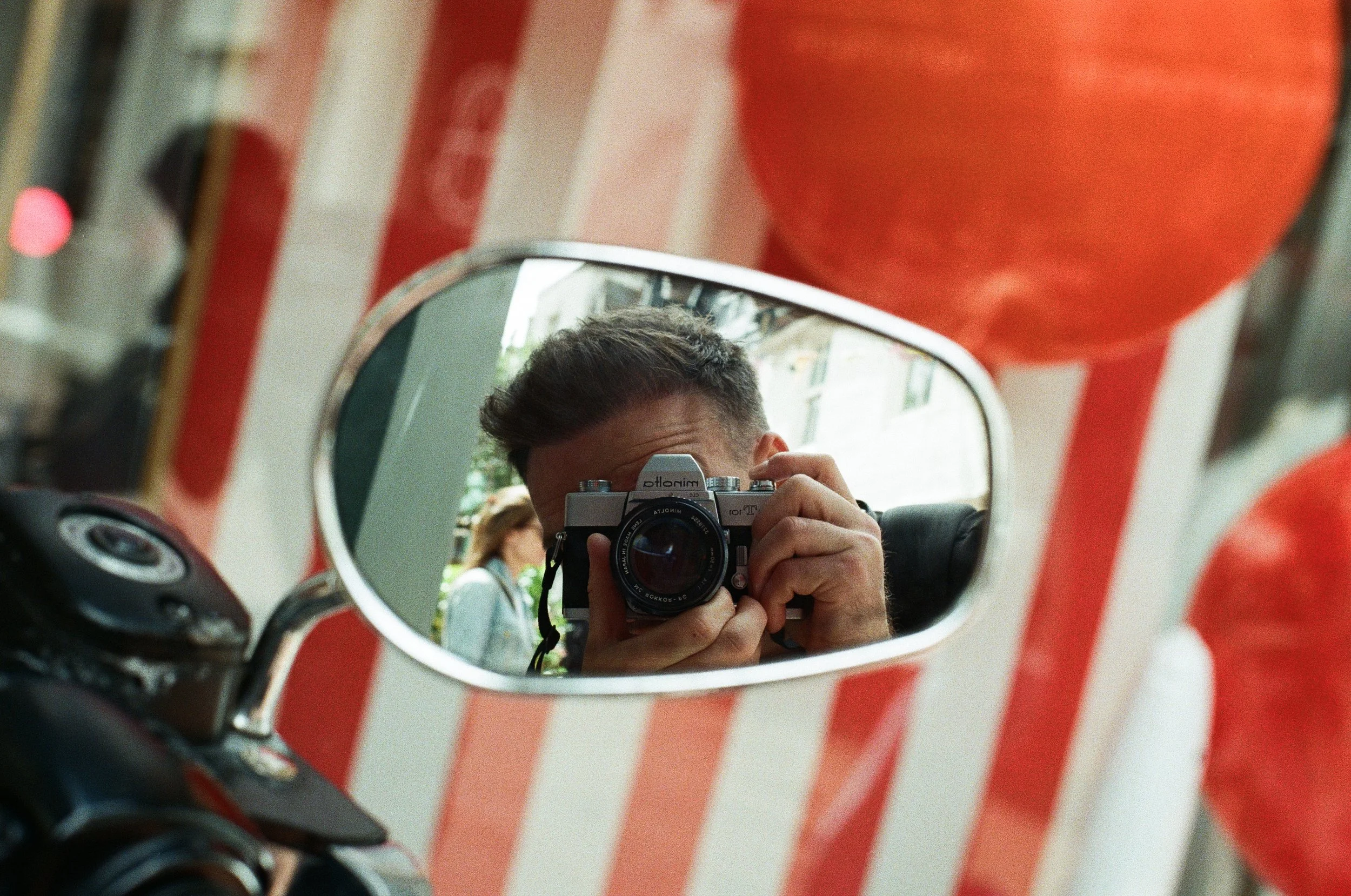Expose Your Camera Properly
When it comes to photography and videography, nailing your exposure is everything. Get it wrong, and your shots will either be too dark or too bright or just flat-out unusable. But once you understand how to control exposure, you’ll be able to consistently capture high-quality content, no matter the lighting conditions.
This week, I put out a two-part video series breaking it all down—one for photography, one for video. If you haven’t seen them yet, check them out here:
📸 Part 1: Exposing Your Photos Correctly – The Exposure Triangle
🎥 Part 2: Exposing Your Videos Correctly – Frame Rate & Shutter Speed
Now, let’s break it down.
Mastering Exposure in Photography
To expose your photos correctly, you need to understand the Exposure Triangle—this is how light is controlled in your images.
The Three Elements of Exposure:
✅ ISO (Light Sensitivity) – Lower ISO (100-200) = clean image, higher ISO (800+) = brighter but more noise.
✅ Shutter Speed (Motion & Light) – Faster speeds (1/1000s) freeze action; slower speeds (1/30s) let in more light but can blur the movement.
✅ Aperture (Depth of Field & Light) – A wide aperture (f/1.8) creates that blurry background (bokeh), and a narrow aperture (f/11) keeps everything sharp.
Balancing these settings is the key to getting the perfect exposure.
Mastering Exposure in Video
Photography gives you full control over shutter speed, but in video, shutter speed is locked to your frame rate, which changes how you manage exposure.
The Golden Rule: Shutter Speed = 2x Frame Rate
🎥 Shooting at 24fps? Set shutter speed to 1/50s
🎥 Shooting at 30fps? Set shutter speed to 1/60s
🎥 Shooting at 60fps? Set shutter speed to 1/125s
If you break this rule, your footage will look too choppy or too blurry, depending on which way you go.
How Do You Control Exposure in Video?
Since shutter speed is locked, you only have two ways to control exposure:
✅ ISO – Keep it as low as possible for clean footage.
✅ Aperture – A wide aperture (f/1.8) lets in more light but gives a shallow depth of field. A narrow aperture (f/8) keeps everything sharp but needs more light.
✅ ND Filters—In bright conditions, ND filters cut down excess light without ruining motion blur.
Think of ND filters as sunglasses for your camera—they let you keep that cinematic motion while properly exposing your shot.
Final Thoughts
If you can master these fundamentals, you’ll never struggle with exposure again. Whether you're shooting photos or videos, understanding how to control light will set your work apart.
Got questions? Drop them in the comments or hit me up on social media. Keep creating. 🚀

